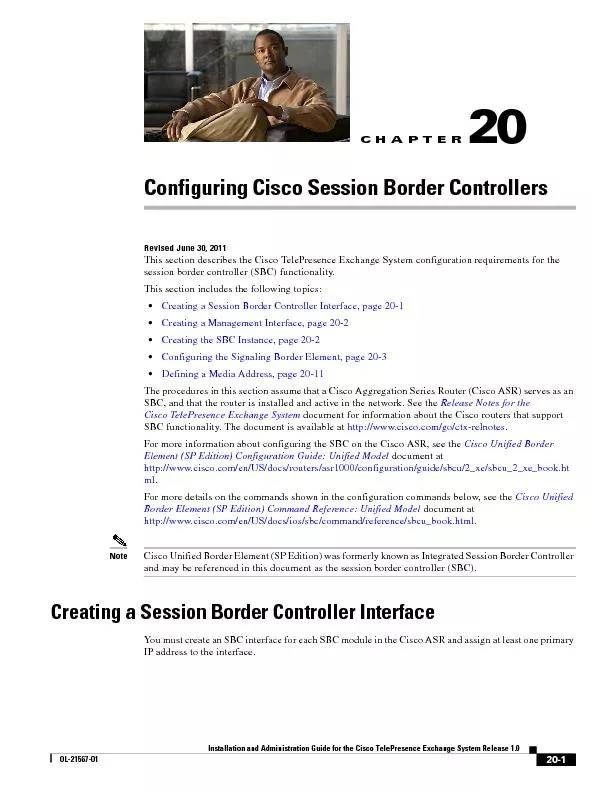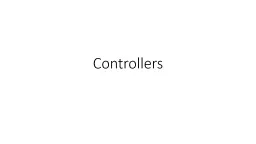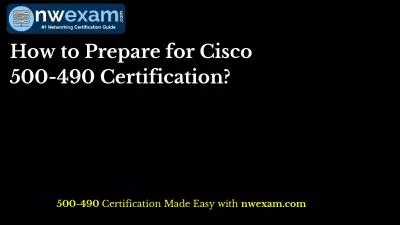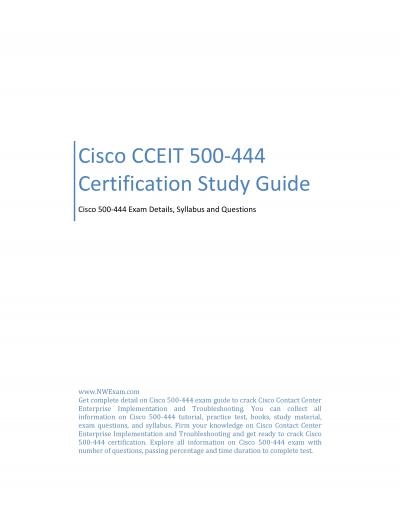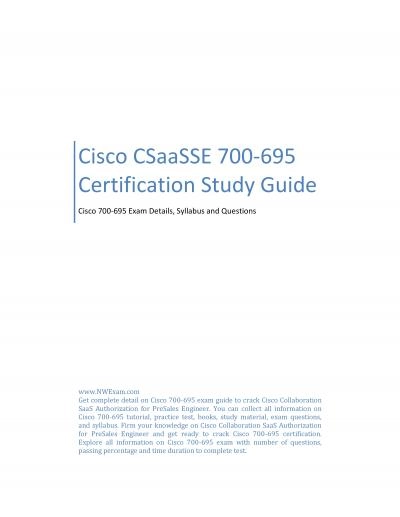PDF-Configuring Cisco session border controllers
Author : lindy-dunigan | Published Date : 2017-03-22
CHAPTER 201 Configuring CiscoSession Border ControllersRevised June 30 2011This section describes the CiscoTelePresence ExchangeSystem configuration requirements
Presentation Embed Code
Download Presentation
Download Presentation The PPT/PDF document "Configuring Cisco session border contro..." is the property of its rightful owner. Permission is granted to download and print the materials on this website for personal, non-commercial use only, and to display it on your personal computer provided you do not modify the materials and that you retain all copyright notices contained in the materials. By downloading content from our website, you accept the terms of this agreement.
Configuring Cisco session border controllers: Transcript
Download Rules Of Document
"Configuring Cisco session border controllers"The content belongs to its owner. You may download and print it for personal use, without modification, and keep all copyright notices. By downloading, you agree to these terms.
Related Documents

